Robert Rauschenberg's triumphant survey at Tate Modern, goat included
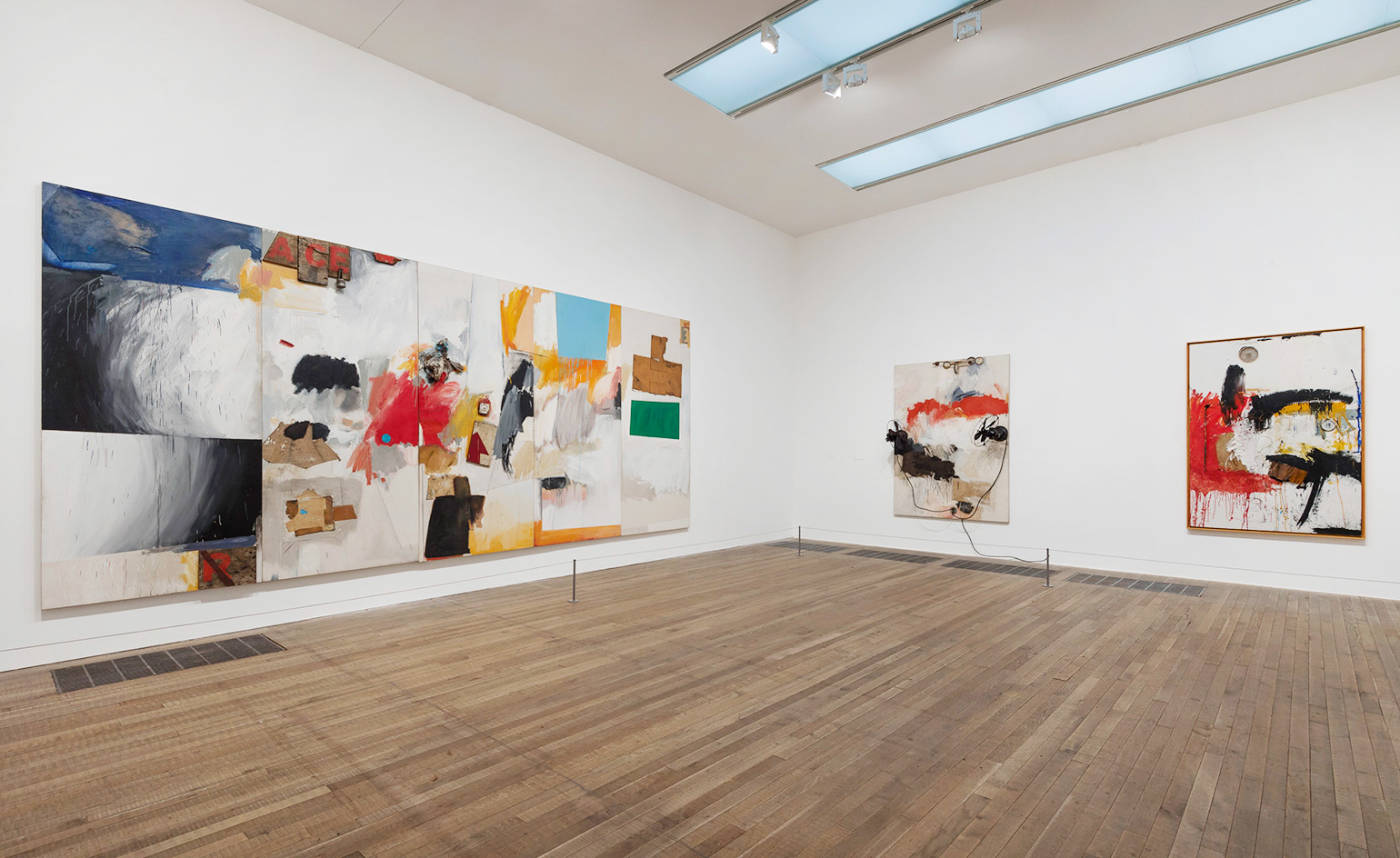
There was much art-world hype earlier in the year about Robert Rauschenberg's famously fragile Monogram goat travelling to London for the first time in two decades. It was posited as a lynchpin in Tate Modern's anticipated Rauschenberg retrospective – another UK first since the great American artist passed away in 2008.
Kneeling down next to the beast, looking into Monogram's glassy eyes, he was worth the 20-year wait. There's humorous absurdity in his vacant expression, his chin hairs matted in a rainbow seal of oil paint. But there's also something mournful. He's suspended in a ridiculous tyre belt, to be ogled by visitors. Monogram began life as a $15 stuffed animal at a used furniture store. Since then, he's had quite the life. Like many of the artist's renowned Combines, Monogram developed various appendages over a number of years. At one stage, he was mounted on a vertical canvas before being slotted inside the rubber tyre for which he's now known. As Rauschenberg said, the tyre and the goat 'lived happily ever after'.
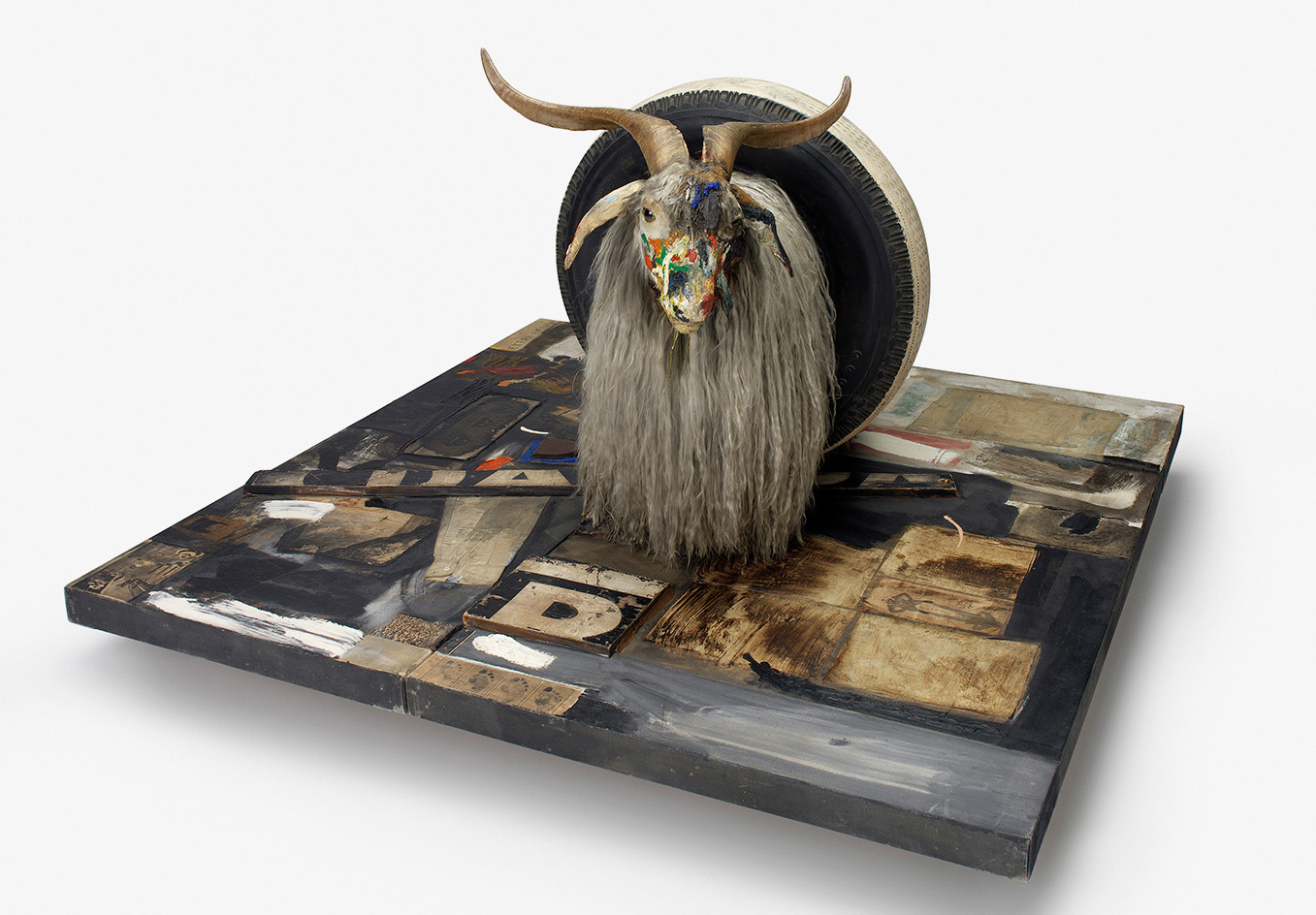
'Monogram', 1955–59. Purchased 1965 with contribution from The Friends of Moderna Museet, Moderna Museet, Stockholm. © Robert Rauschenberg Foundation, New York
A little like his Combines, Rauschenberg was continually adding appendages and arms to his practice, driven by an insatiable curiosity with materials. Each chapter of his six-decade career (including his silkscreen period, live performances, technology and material abstraction) has a dedicated room in the exhibition. This change of mediums and methods mirrors the artist's moving physical locations. He toured, holidayed and journeyed extensively – most famously to Cuba, Spain, Italy and Morocco with Cy Twombly in the 1950s. As Tate's director of exhibitions Achim Borchardt-Hume says, 'he saw the experience of art as inseparable from the experience of life'.
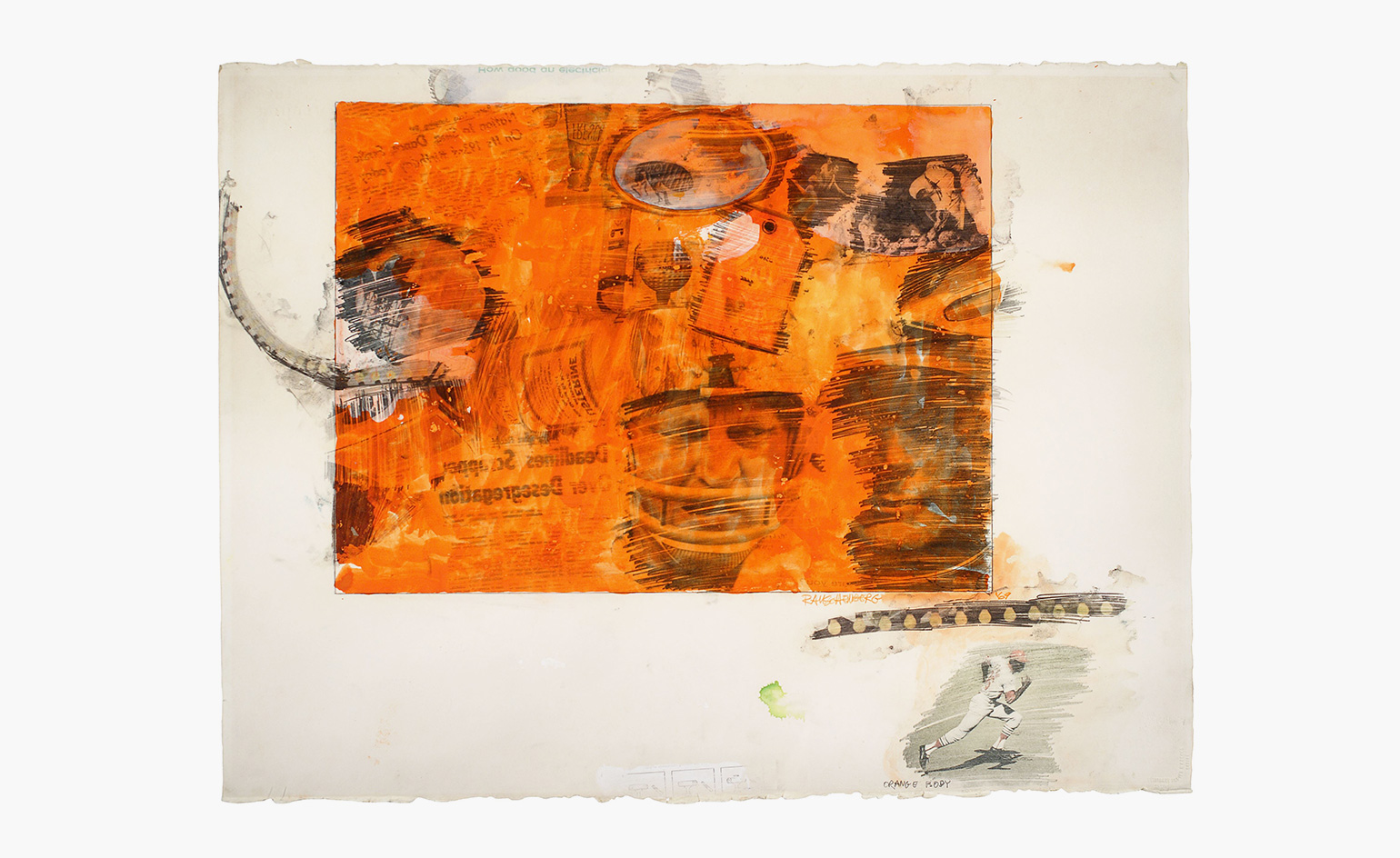
The exhibition starts with Rauschenberg's early experiments at Black Mountain College, in a room overwhelmed by monochrome. It's as if colour couldn't be introduced yet, because Rauschenberg was too preoccupied by texture. These early works have a simplicity, an air of cool and a material playfulness that lay the foundations for his future work. A renowned early collaboration with John Cage, Automobile Tyre Print (1953) hints at what's to come from Rauschenberg's performative work. Here, Rauschenberg laid page upon page of typewriter paper on a driveway, and asked Cage to run over them in his car, with ink on the wheel. As Rauschenberg said at the time, Cage was 'both the printer and the press'.
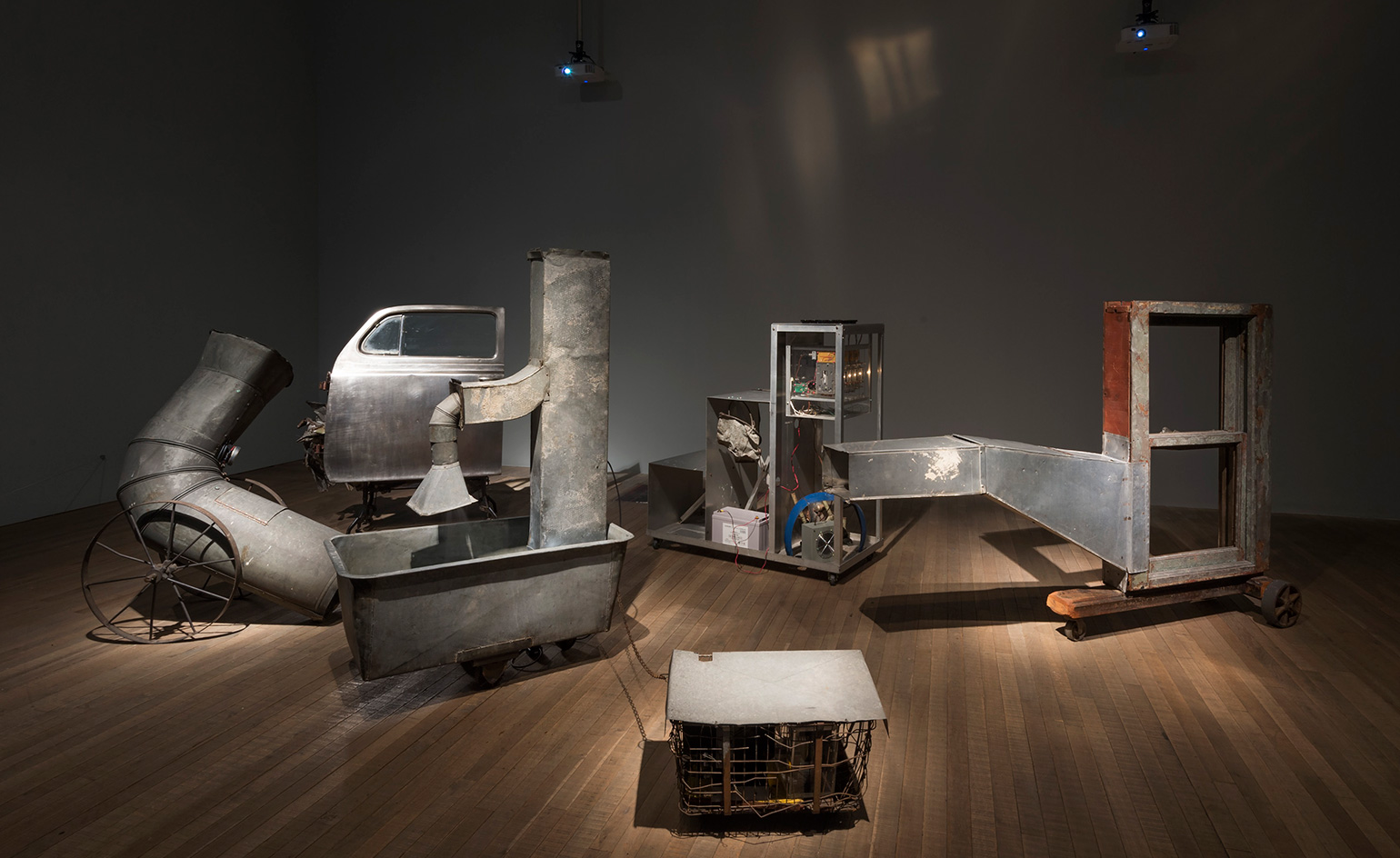
'Oracle', 1952–55.
The idea of repurposing and using objects that are already lying around (as seen in this early use of a car and typewriter paper) went on to define Rauschenberg's practice, and help redefine the landscape of American art. Rauschenberg used the objects of life: boots, paint pot lids, desk fans and, perhaps most importantly, newspaper clippings. He embedded a radio into one of his Combines, with the dials still showing, so that visitors could choose the station. In this sense, the audience – the users of these essential life objects – was as much a part of his work as the materials were.
Rauschenberg's choreographic pieces (here represented by a host of archival material, photographs, projections and film) grew in direct relation to his sculptures and paintings. Though static, his silkscreens have the same energy and life that his dances do; framed against a wall, his later fabric swathes ripple like flags when a visitor walks by too closely.
Despite the vast spectrum of the artist's work, each phase bares his distinct signature. What this exhibition does so cleverly is to simply allow this genius to unfold. Chronologically, without fuss, or unnecessary embellishment, the Tate has allowed Rauschenberg's work to speak for itself. Any art world hype is wholeheartedly justified.
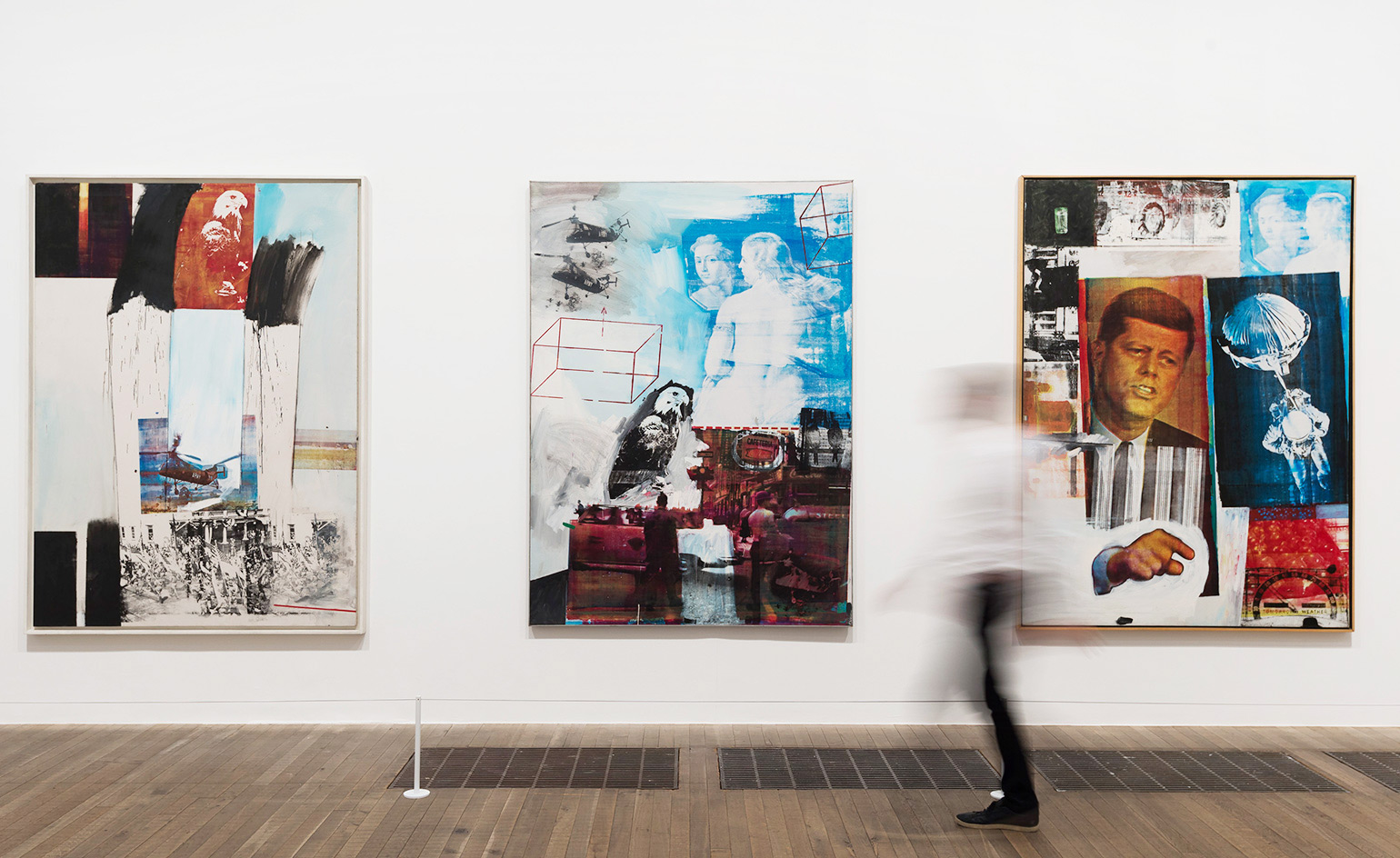
Rauschenberg's silkscreens used images found in newspapers and magazines of the 1960s.
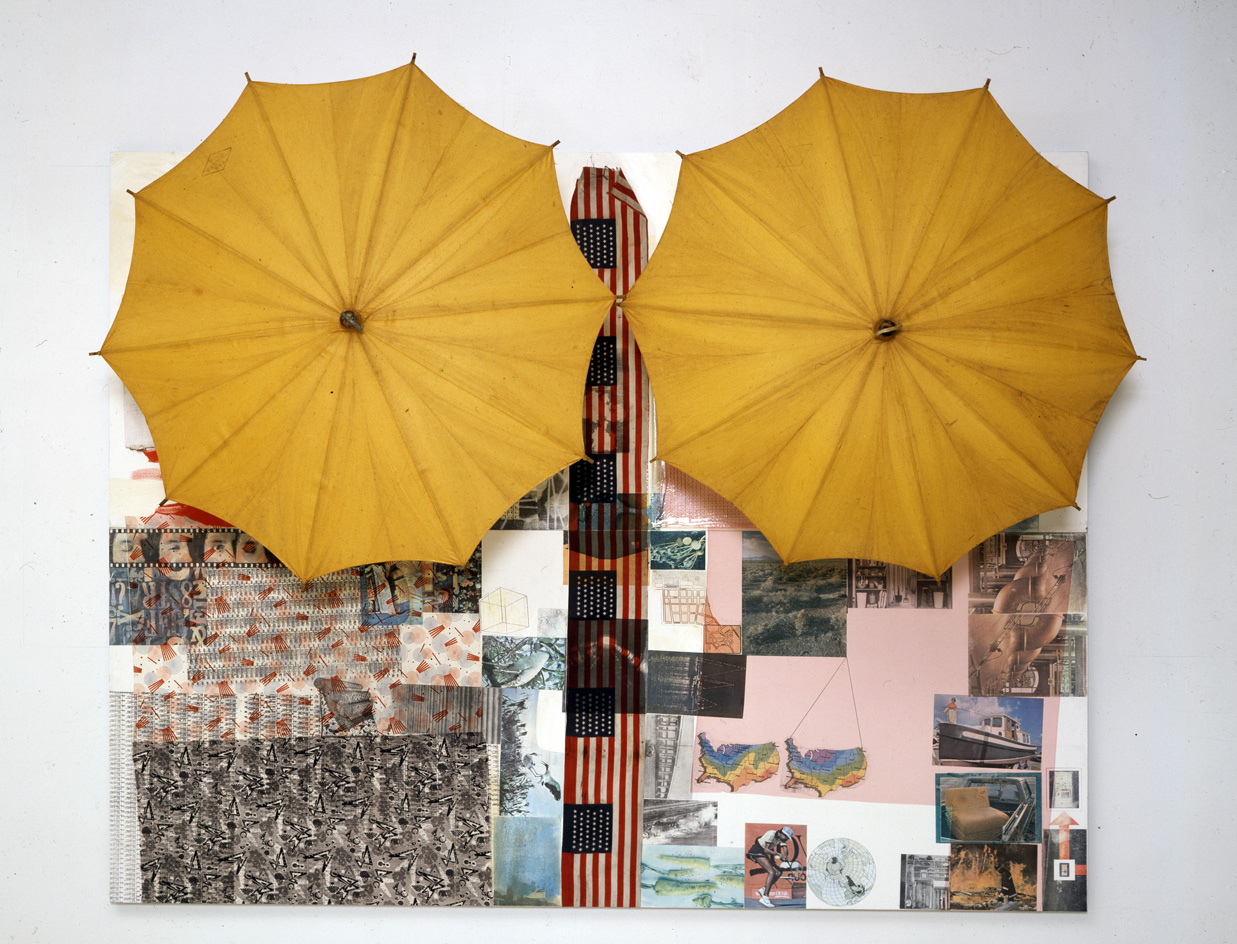
Untitled (Spread), 1983. © Robert Rauschenberg Foundation, New York
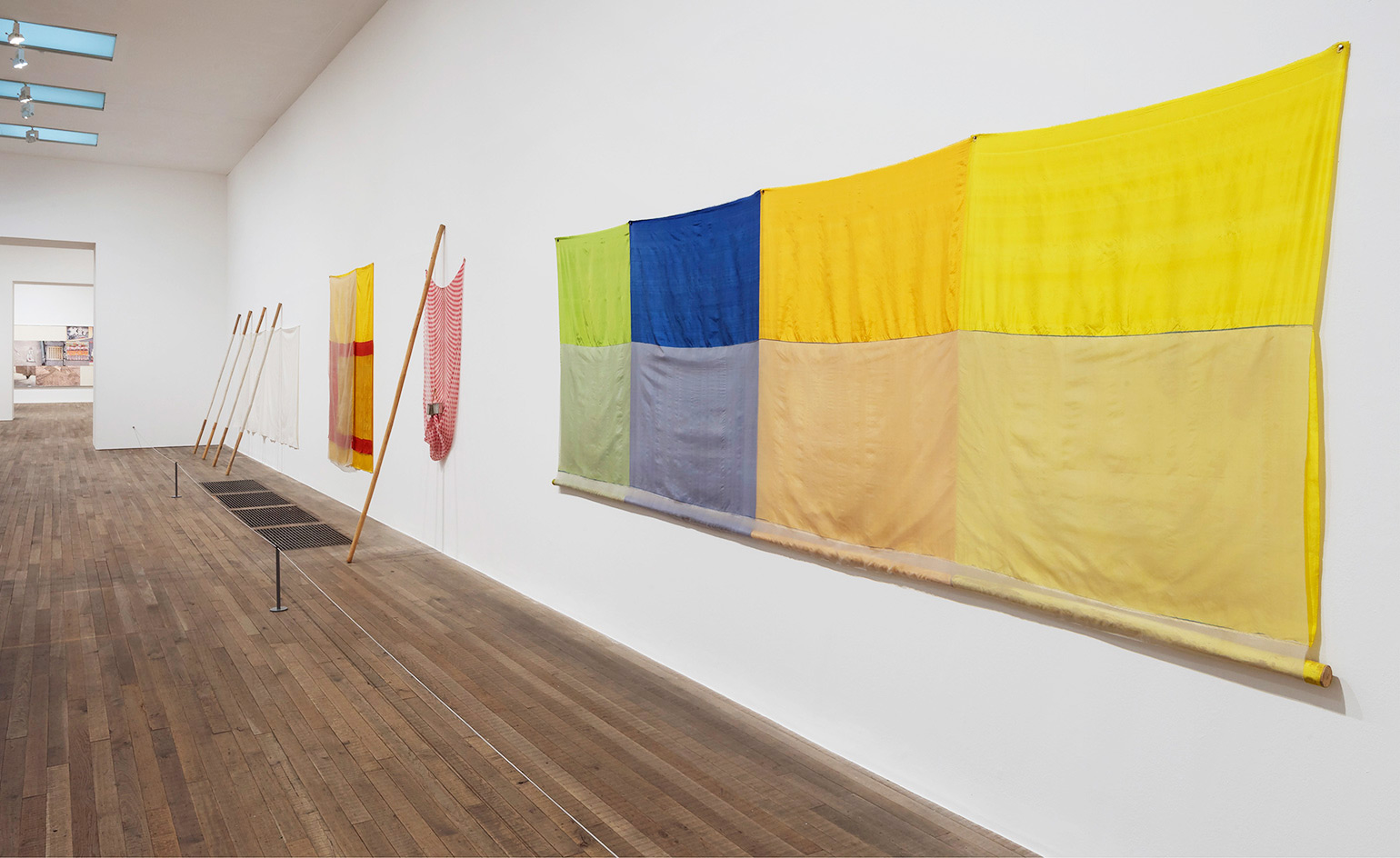
Rauschenberg later experimented with different materials, like great swathes of coloured fabric.
INFORMATION
’Robert Rauschenberg’ is on view until 2 April 2017. For more information, visit the Tate Modern website
ADDRESS
Tate Modern
Bankside
London SE1 9TG
Receive our daily digest of inspiration, escapism and design stories from around the world direct to your inbox.
Elly Parsons is the Digital Editor of Wallpaper*, where she oversees Wallpaper.com and its social platforms. She has been with the brand since 2015 in various roles, spending time as digital writer – specialising in art, technology and contemporary culture – and as deputy digital editor. She was shortlisted for a PPA Award in 2017, has written extensively for many publications, and has contributed to three books. She is a guest lecturer in digital journalism at Goldsmiths University, London, where she also holds a masters degree in creative writing. Now, her main areas of expertise include content strategy, audience engagement, and social media.
-
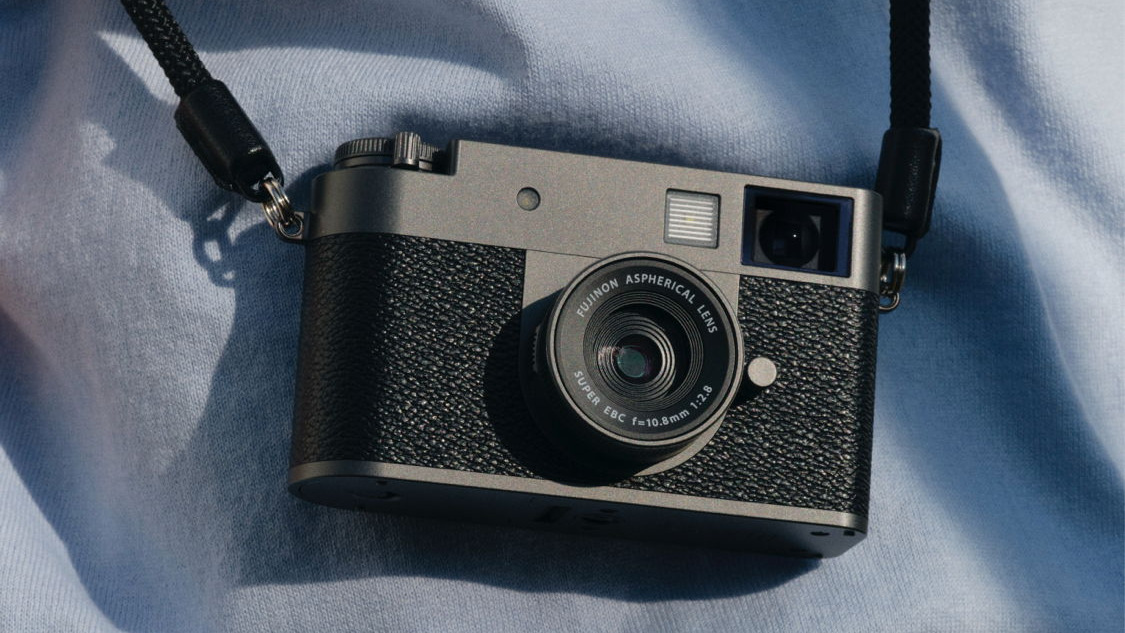 Five of the finest compact cameras available today
Five of the finest compact cameras available todayPocketable cameras are having a moment. We’ve assembled a set of cutting-edge compacts that’ll free you from the ubiquity of smartphone photography and help focus your image making
-
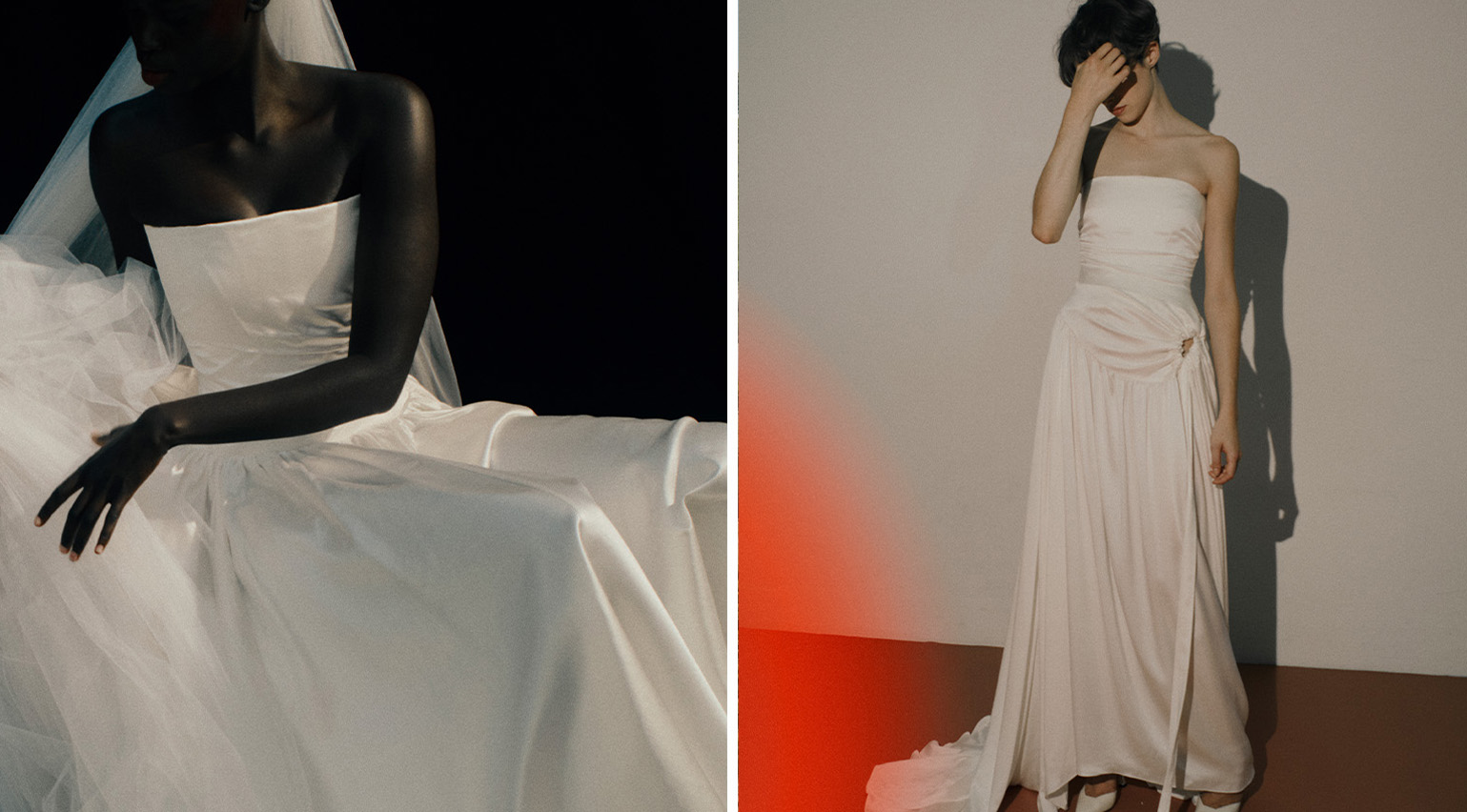 London label Wed Studio is embracing ‘oddness’ when it comes to bridal dressing
London label Wed Studio is embracing ‘oddness’ when it comes to bridal dressingThe in-the-know choice for fashion-discerning brides, Wed Studio’s latest collection explores the idea that garments can hold emotions – a reflection of designers Amy Trinh and Evan Phillips’ increasingly experimental approach
-
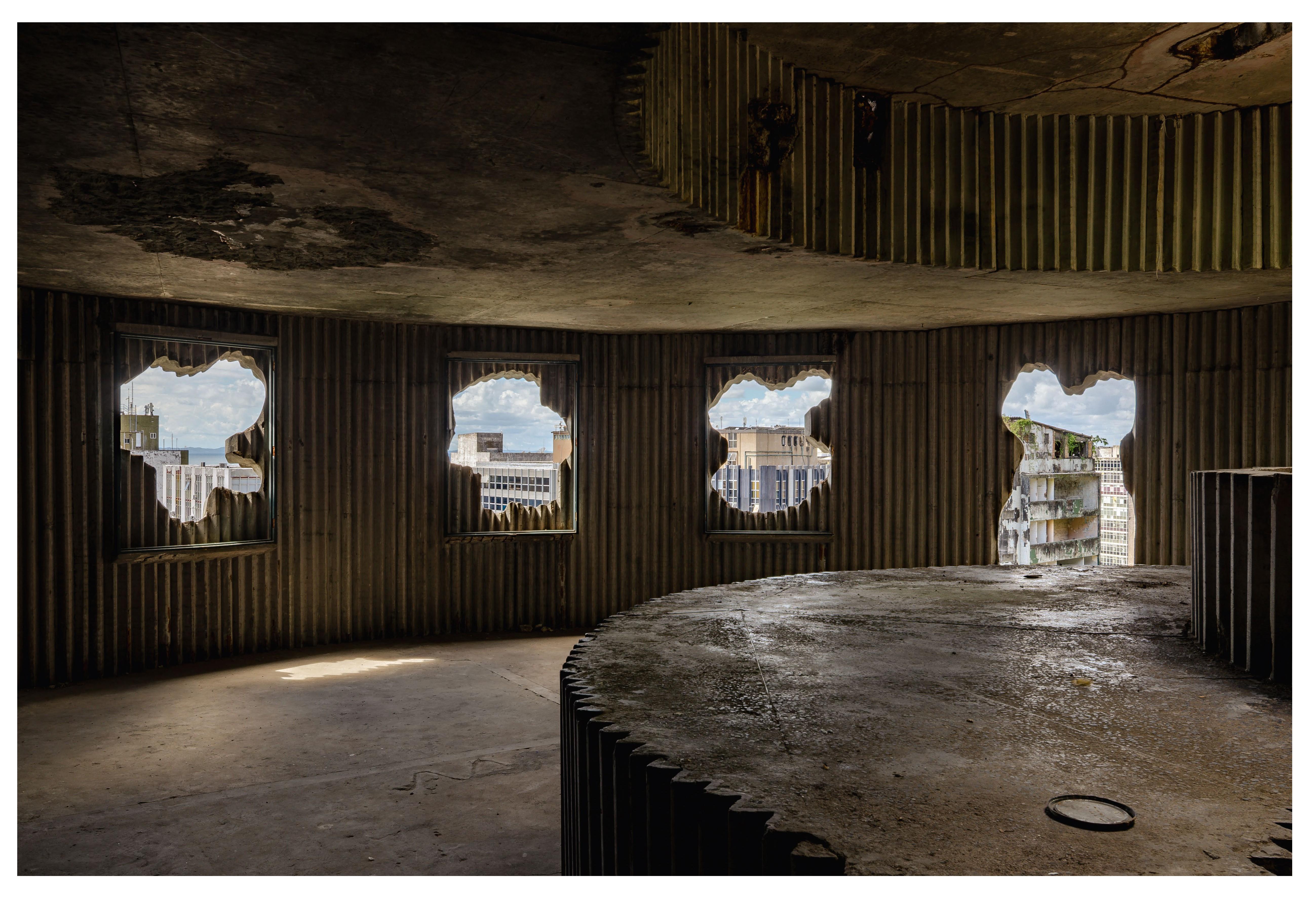 Arts institution Pivô breathes new life into neglected Lina Bo Bardi building in Bahia
Arts institution Pivô breathes new life into neglected Lina Bo Bardi building in BahiaNon-profit cultural institution Pivô is reactivating a Lina Bo Bardi landmark in Salvador da Bahia in a bid to foster artistic dialogue and community engagement
-
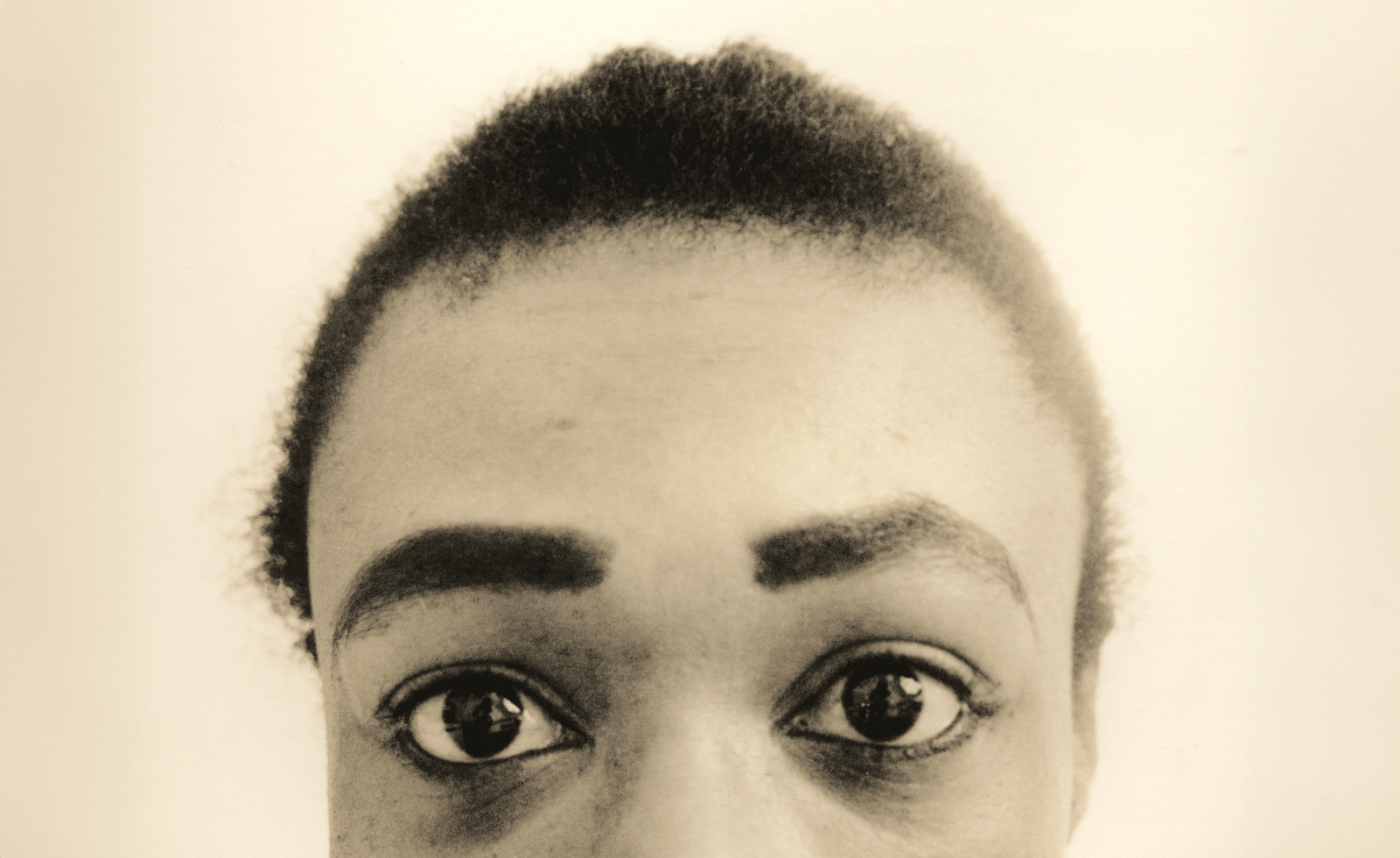 Joy Gregory subverts beauty standards with her new exhibition at Whitechapel Gallery
Joy Gregory subverts beauty standards with her new exhibition at Whitechapel GalleryUnrealistic beauty standards hide ugly realities in 'Joy Gregory: Catching Flies with Honey '
-
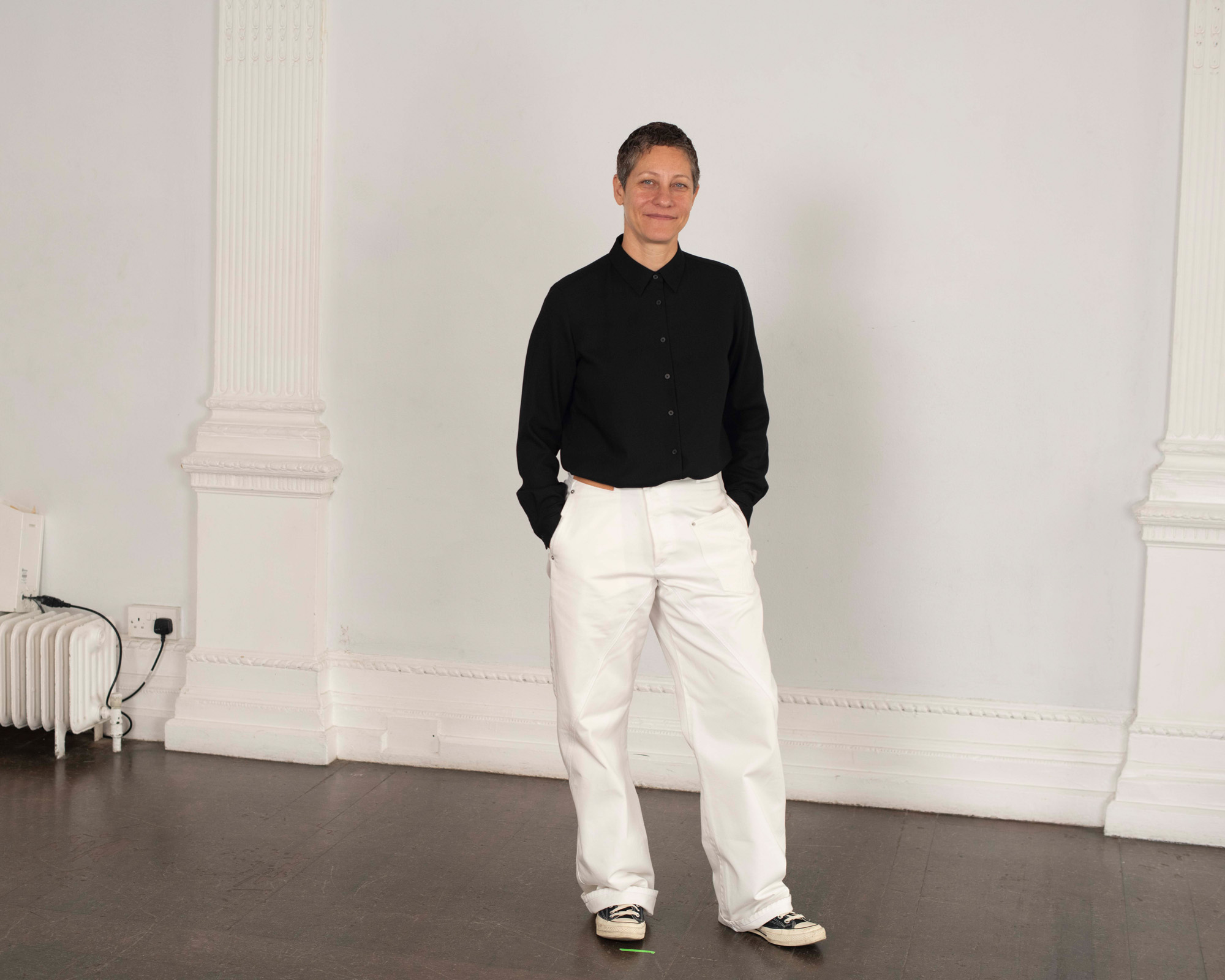 Bengi Ünsal steers London's ICA into an excitingly eclectic direction
Bengi Ünsal steers London's ICA into an excitingly eclectic directionAs director of London’s Institute of Contemporary Arts, Bengi Ünsal is leading the cultural space into a more ambitious, eclectic and interdisciplinary space
-
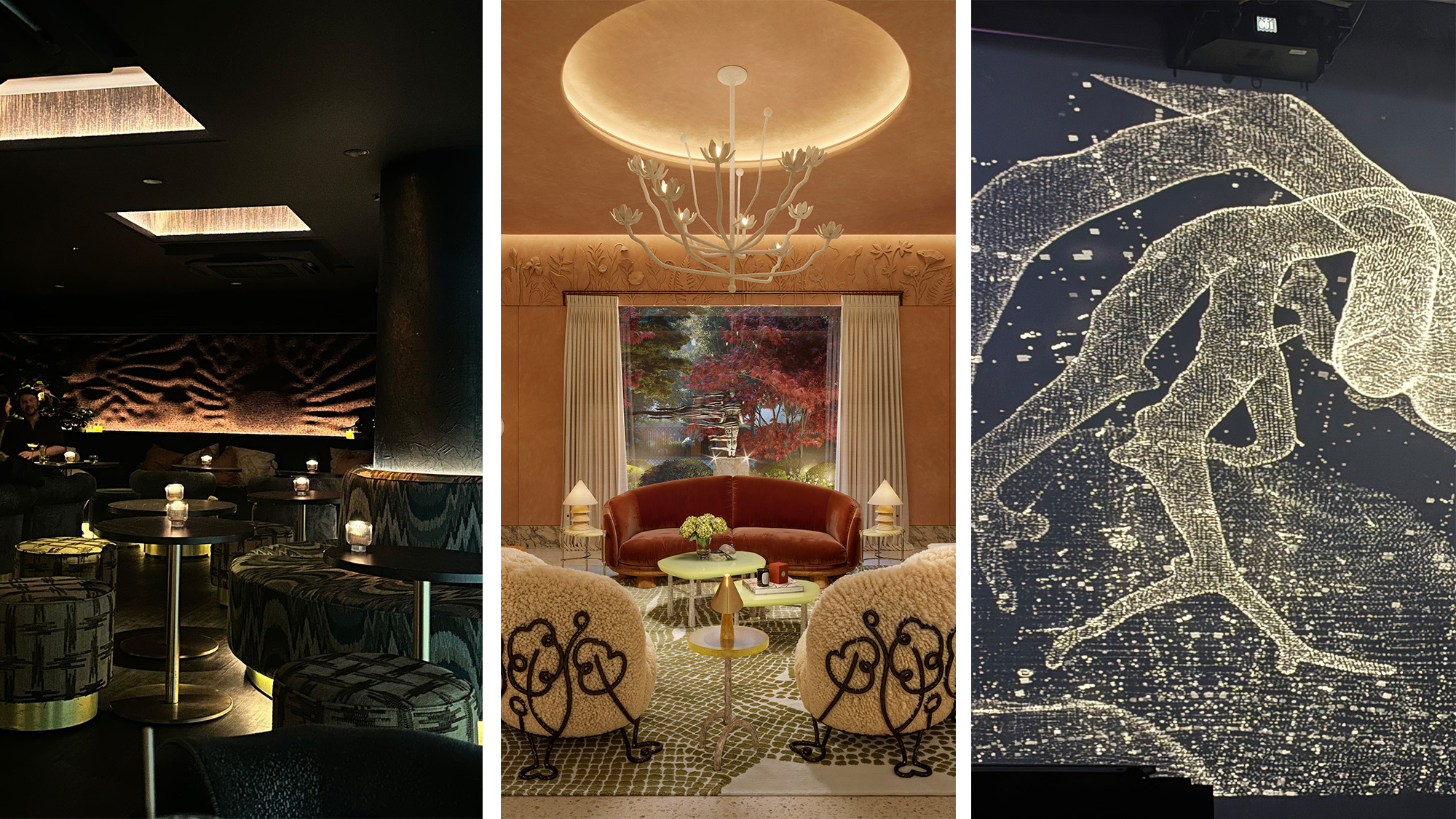 Out of office: The Wallpaper* editors’ picks of the week
Out of office: The Wallpaper* editors’ picks of the weekThe clocks have gone back in the UK and evenings are officially cloaked in darkness. Cue nights spent tucked away in London’s cosy corners – this week, the Wallpaper* team opted for a Latin-inspired listening bar, an underground arts space, and a brand new hotel in Shoreditch
-
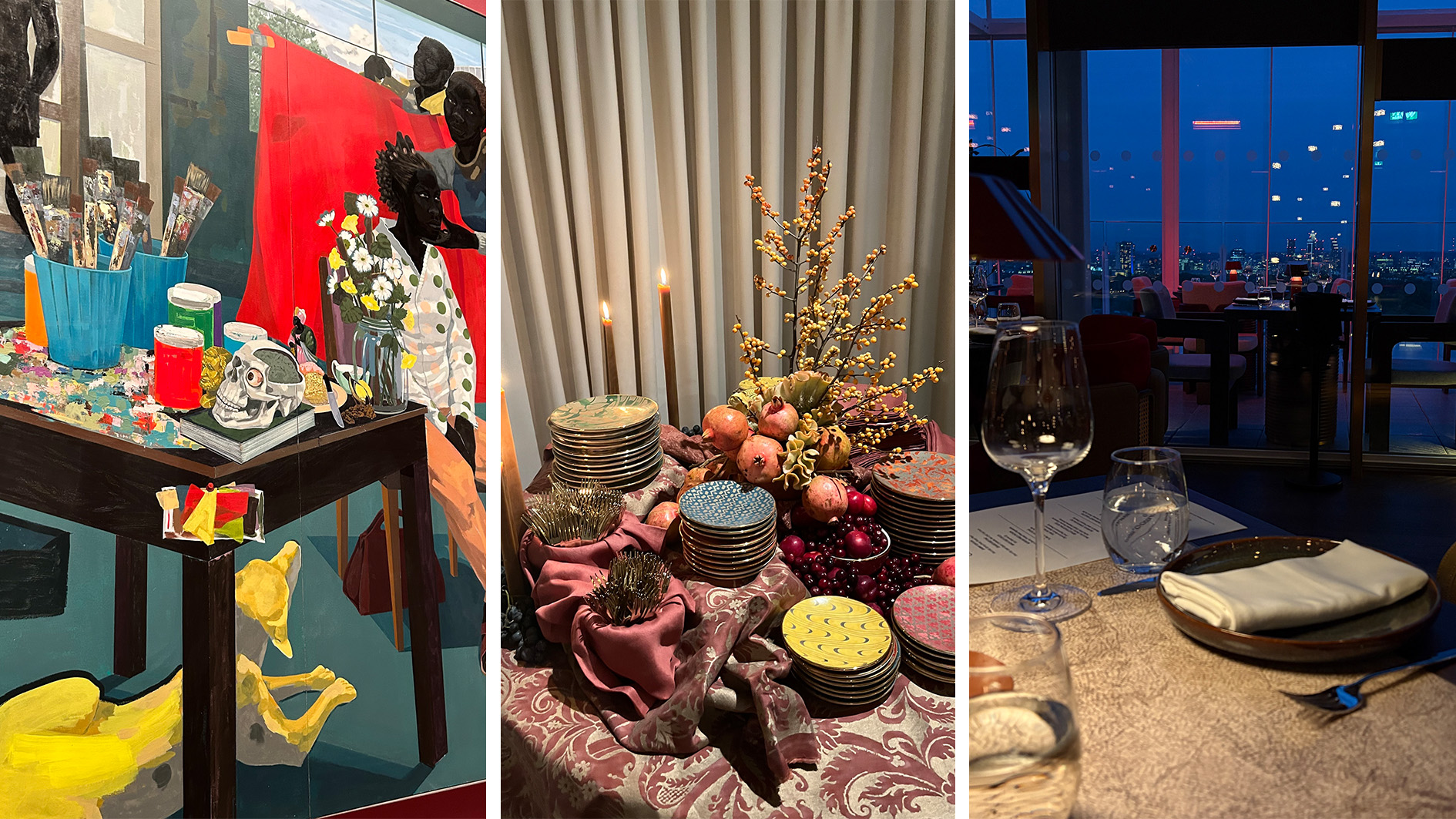 Out of office: The Wallpaper* editors’ picks of the week
Out of office: The Wallpaper* editors’ picks of the weekFrom sumo wrestling to Singaporean fare, medieval manuscripts to magnetic exhibitions, the Wallpaper* team have traversed the length and breadth of culture in the capital this week
-
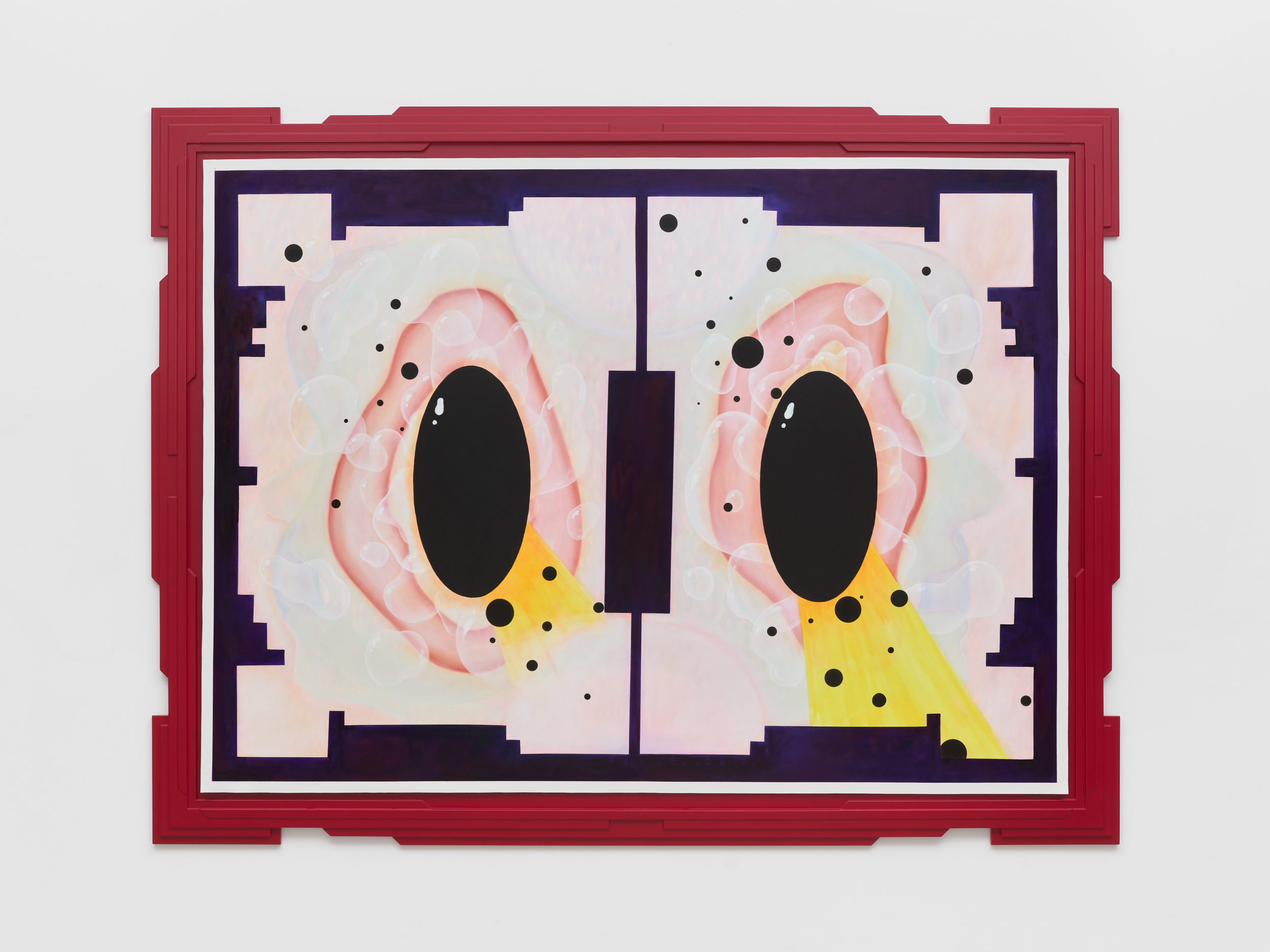 Viewers are cast as voyeurs in Tai Shani’s crimson-hued London exhibition
Viewers are cast as voyeurs in Tai Shani’s crimson-hued London exhibitionBritish artist Tai Shani creates mystical other worlds through sculpture, performance and film. Step inside at Gathering
-
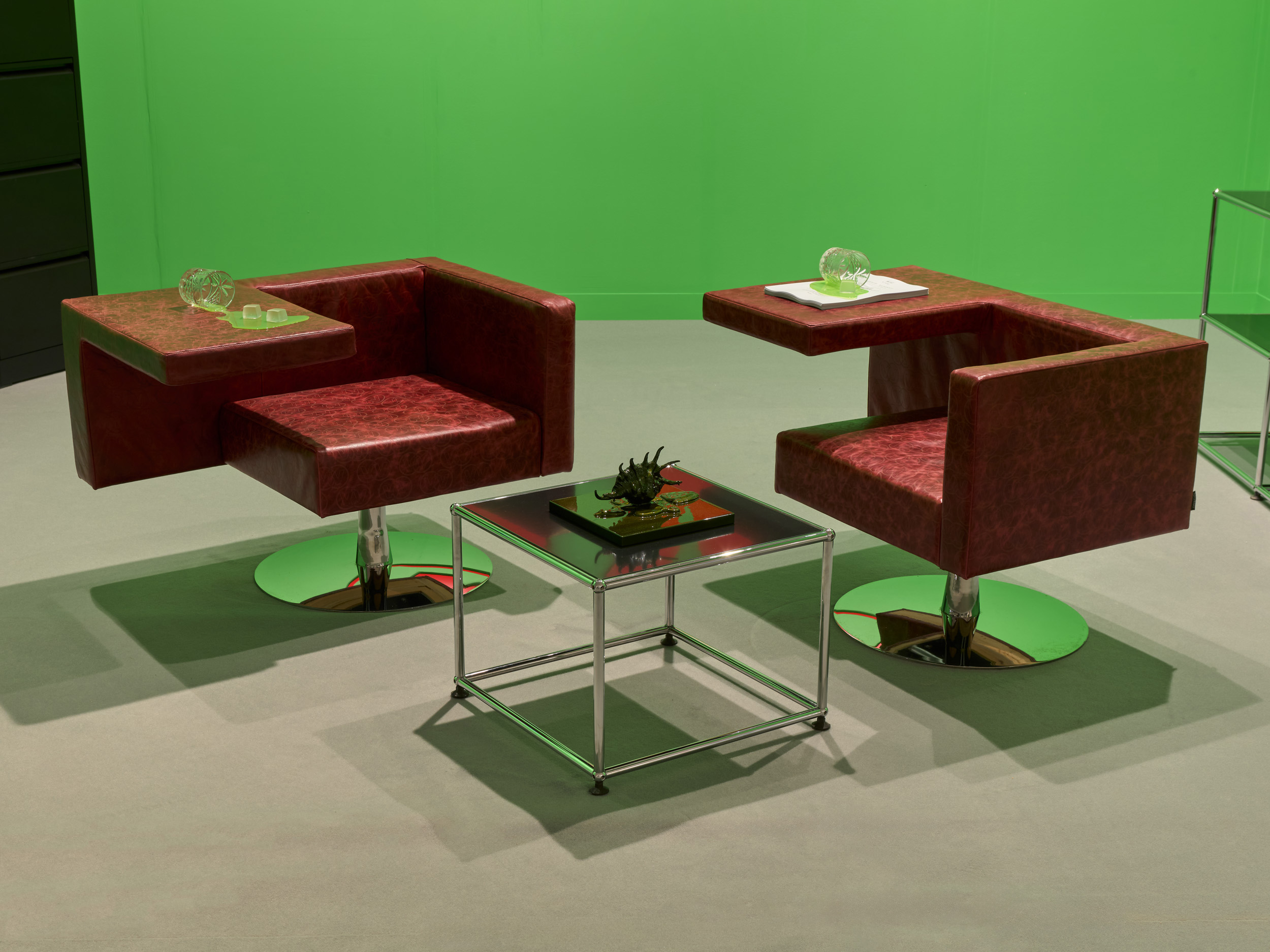 Who are the nine standout artists that shaped Frieze London 2025?
Who are the nine standout artists that shaped Frieze London 2025?Amid the hectic Frieze London schedule, many artists were showcasing extraordinary work this year. Here are our favourites
-
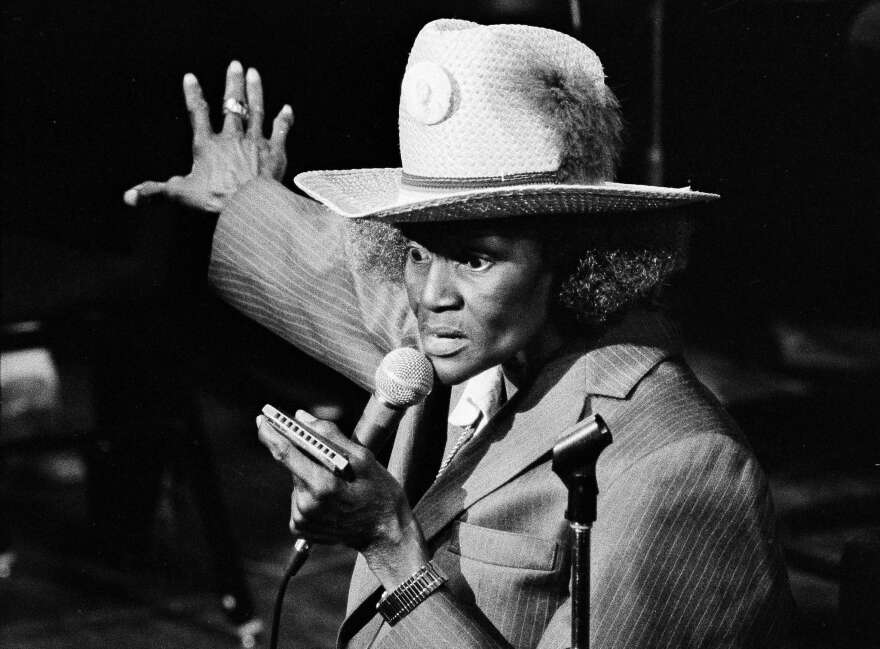 Doc’n Roll Festival returns with a new season of underground music films
Doc’n Roll Festival returns with a new season of underground music filmsNow in its twelfth year, the grassroots festival continues to platform subcultural stories and independent filmmakers outside the mainstream
-
 Out of office: The Wallpaper* editors' picks of the week
Out of office: The Wallpaper* editors' picks of the weekThe London office of Wallpaper* had a very important visitor this week. Elsewhere, the team traverse a week at Frieze